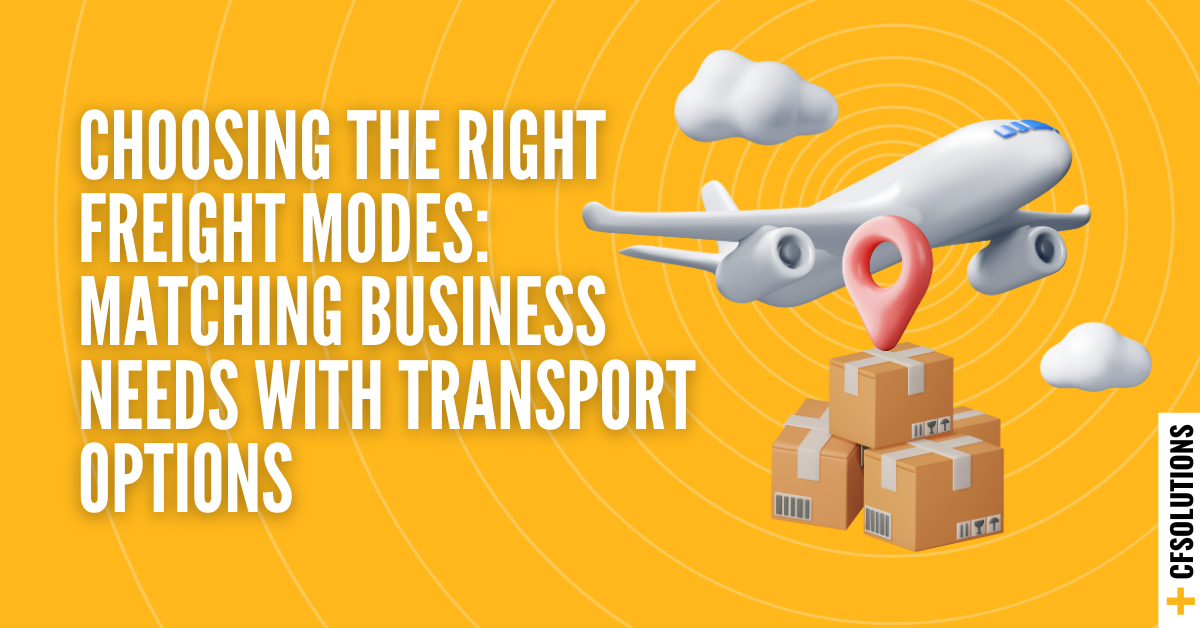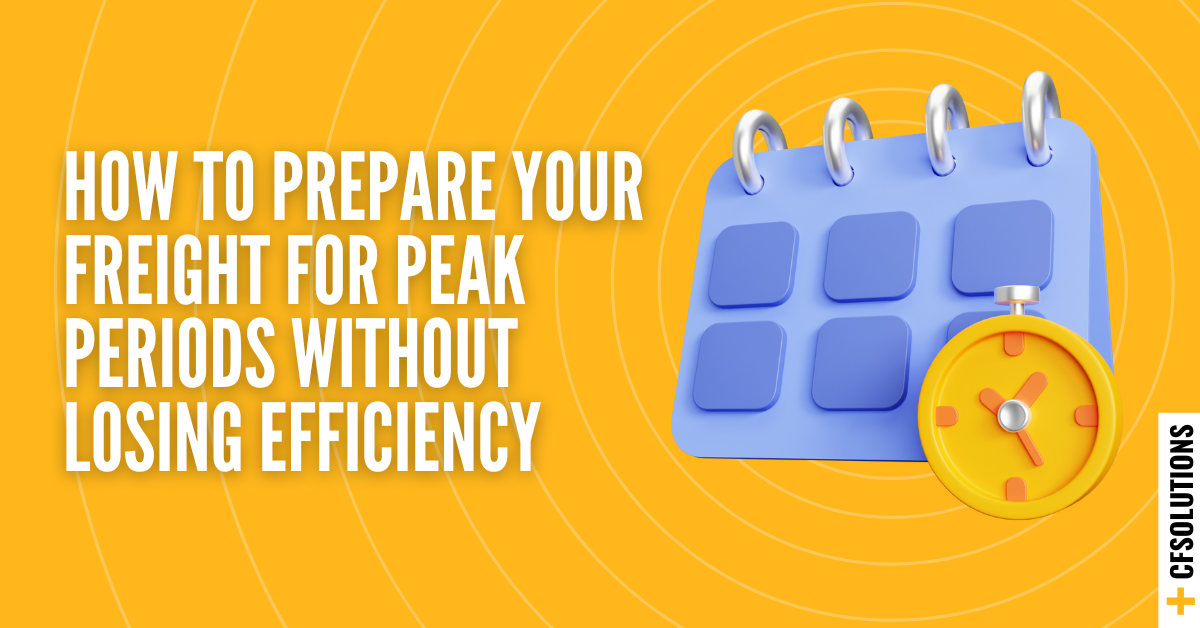
Selecting the right freight mode is a critical decision that impacts cost, delivery speed, and customer satisfaction. With options ranging from road and rail to air and sea freight, understanding the strengths of each mode can help businesses align their logistics strategy with operational needs.
Let’s explore each mode, its benefits, and how to choose the right one for your needs.
Road Freight: Flexible and Reliable
Best For: Short, medium, and long distances, regional and interstate deliveries, and flexible scheduling.
Road freight is one of the most versatile and cost-effective transport options in Australia. With the ability to handle a wide range of shipment sizes, from small parcels to full truckloads, road freight offers businesses an affordable solution for their logistics needs. Its door-to-door service ensures convenience, while flexible pricing structures, such as spot rates and contract pricing, make it accessible for businesses of all sizes.
Key Advantages:
- Cost-Effective: Ideal for businesses seeking budget-friendly options for both small and large shipments.
- Wide Coverage: Suitable for intrastate and interstate deliveries, including access to regional and remote areas.
- Custom Solutions: Options for palletised freight, oversized goods, and temperature-controlled transport.
- Last-Mile Expertise: Supports efficient last-mile deliveries, reducing transit times for end-users.
Pro Tip: Choose road freight for shipments requiring affordability and flexibility in scheduling, especially when balancing costs with reliable delivery timelines.
Rail Freight: Cost-Effective for Bulk Goods
Best For: Long distances, heavy or bulk shipments, and eco-conscious transport.
Rail freight is an economical solution for moving large volumes of goods across vast distances. It’s particularly efficient for industries like manufacturing and agriculture, where bulk shipments are common.
Key Advantages:
- Lower cost for bulk shipments.
- Reduced environmental impact compared to road transport.
- Reliable schedules with minimal delays.
Pro Tip: Combine rail with road freight for a multi-modal approach, ensuring seamless door-to-door delivery.
Air Freight: Fast and Time-Sensitive
Best For: Urgent shipments, high-value goods, and international deliveries.
When speed is a priority, air freight is the go-to solution. Although it comes at a higher cost, it ensures time-sensitive goods reach their destination quickly, making it ideal for industries like retail, healthcare, and technology.
Key Advantages:
- Fastest mode of transport for urgent shipments.
- Secure handling for high-value goods.
- Ideal for interstate and international deliveries.
Pro Tip: Use air freight strategically for urgent shipments while balancing cost with other modes for less time-critical goods.
Sea Freight: Economical for International Trade
Best For: Large shipments, long transit times, and international exports or imports.
Sea freight is the most cost-effective option for transporting goods internationally. It’s well-suited for businesses dealing with large, non-urgent shipments and offers options like Full Container Load (FCL) and Less than Container Load (LCL).
Key Advantages:
- Lowest cost per unit for large shipments.
- Ideal for non-urgent goods with longer lead times.
- Supports environmentally sustainable practices.
Pro Tip: Pair sea freight with air and road freight for high-value goods that require staggered delivery.
Multi-Modal Freight: Best of All Worlds
Best For: Complex supply chains and businesses requiring flexibility.
Multi-modal freight combines two or more modes of transport to create tailored solutions. For example, combining rail and road freight can reduce costs while ensuring door-to-door delivery.
Key Advantages:
- Flexible solutions for complex shipping needs.
- Reduces dependency on a single mode, offering resilience.
- Optimises costs while meeting delivery timelines.
Pro Tip: Work with a logistics partner to coordinate multi-modal freight seamlessly.
How to Choose the Right Freight Mode:
- Consider Your Shipment Type: Match the mode to the size, weight, and urgency of your goods.
- Evaluate Costs vs. Speed: Determine whether cost savings or faster transit times align with your business priorities.
- Assess Geographic Reach: Choose a mode that offers the best coverage for your delivery locations.
- Factor in Environmental Impact: Opt for sustainable options where possible, such as rail or consolidated shipments.
Choosing the right freight mode can significantly impact your logistics efficiency and overall business performance. By understanding the unique strengths of each option and aligning them with your operational goals, you can create a freight strategy that balances cost, speed, and reliability.
Ready to optimise your freight strategy? Connect with our team to explore customised transport solutions tailored to your business needs.
Subscribe to our Newsletter or Follow Our Socials
Related Posts
- by Customised Freight Solutions
- 0 Comments
Choosing the Right Freight Modes: Matching Business Needs with Transport Options
Selecting the right freight mode is a critical decision that impacts ...
Read More- by Customised Freight Solutions
- 0 Comments
How to Prepare Your Freight for Peak Periods Without Losing Efficiency
Easter and other peak periods can bring logistical challenges for ...
Read More- by Customised Freight Solutions
- 0 Comments
The Future of Freight in Australia: Automation and AI in Logistics
The freight industry in Australia is on the brink of a technological ...
Read More


